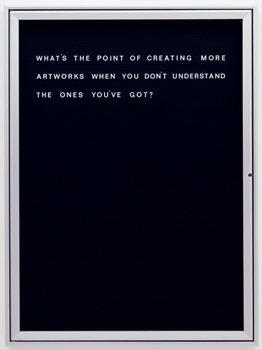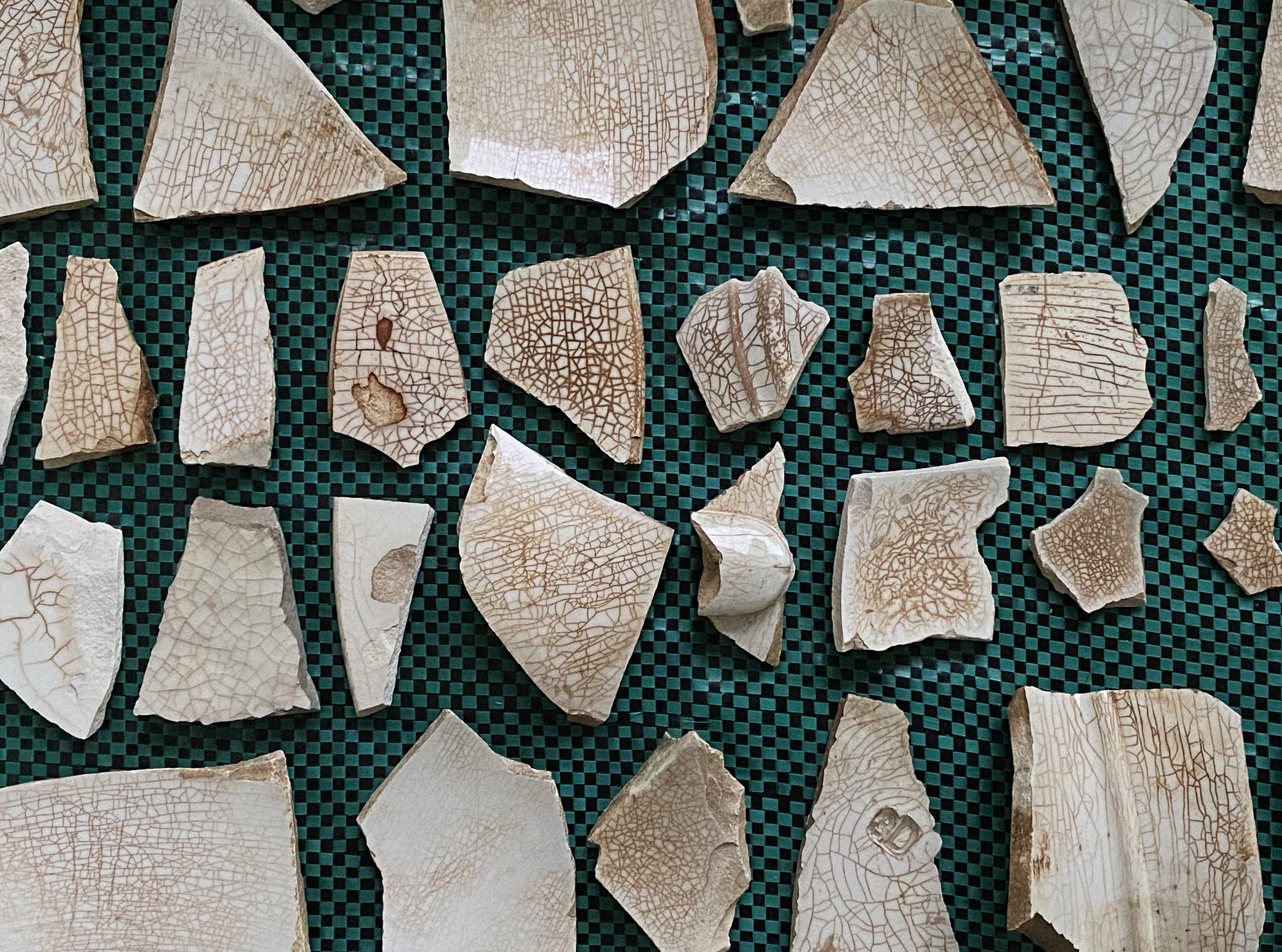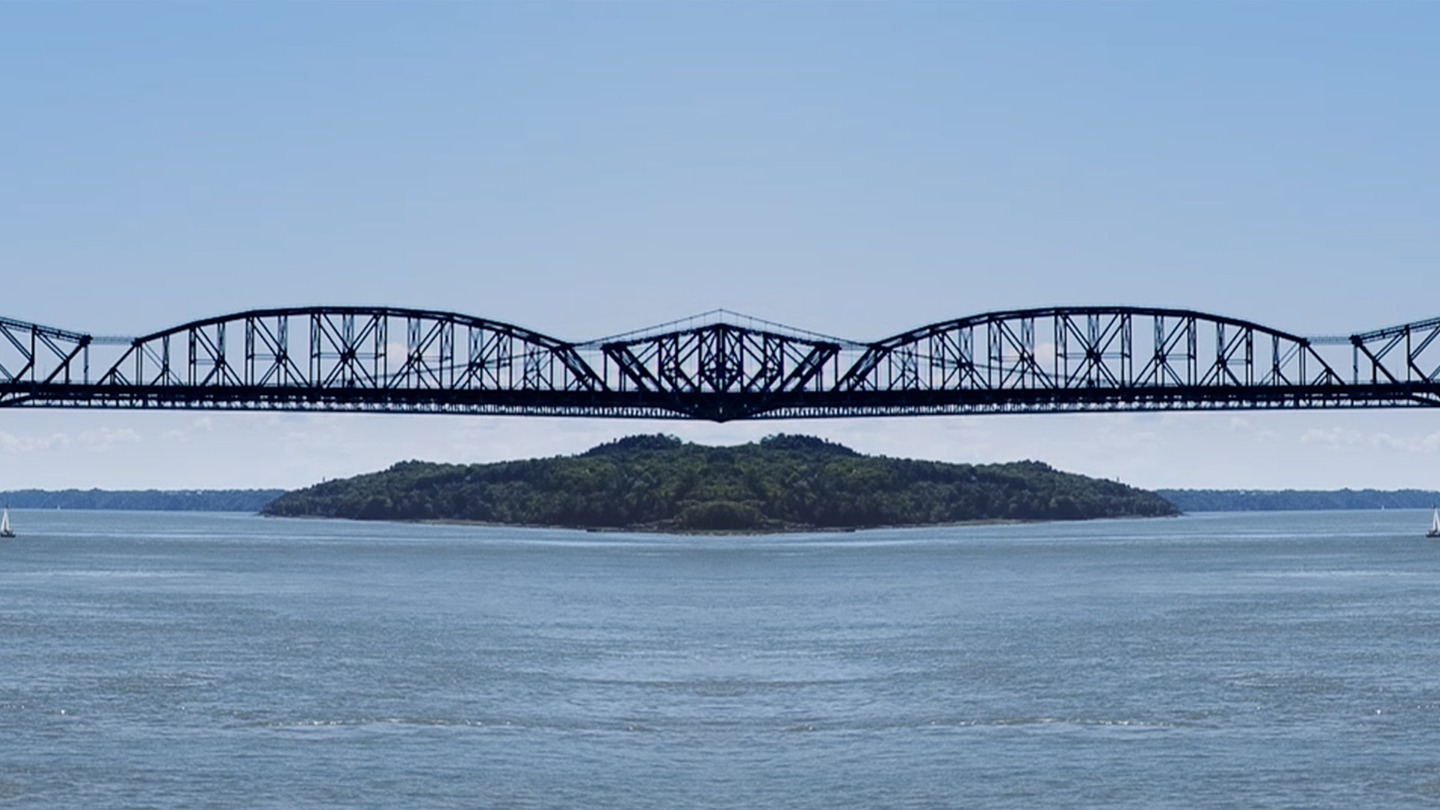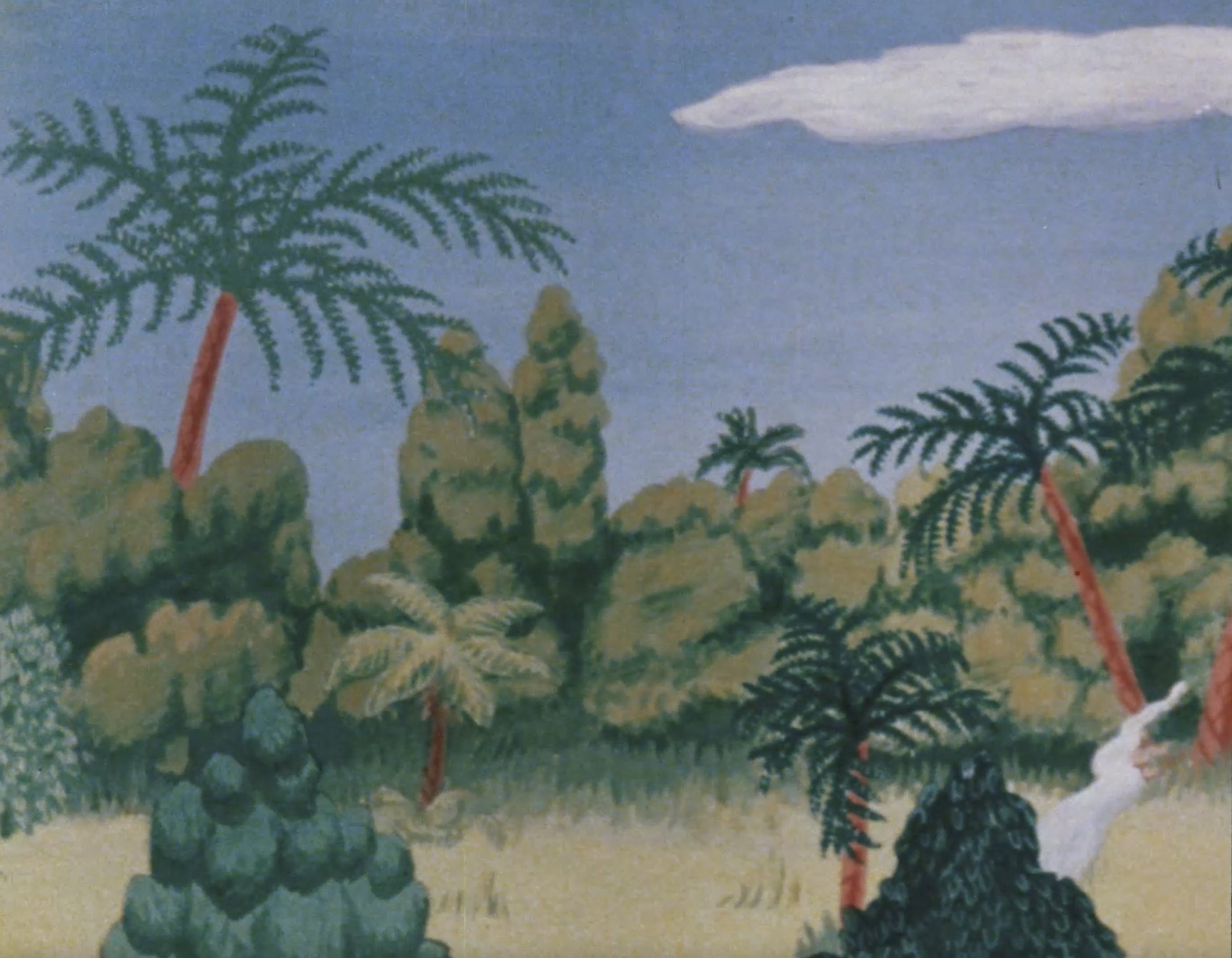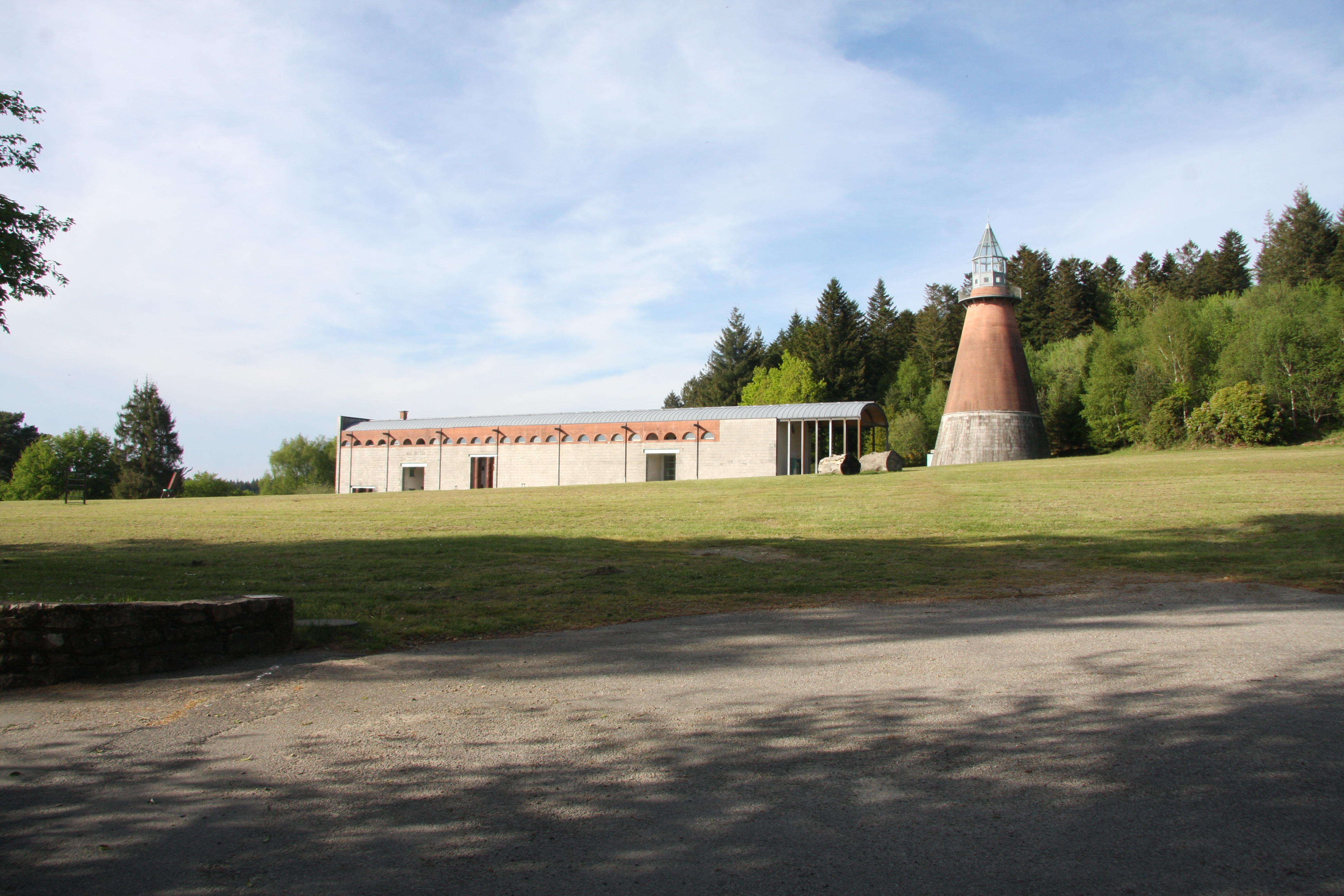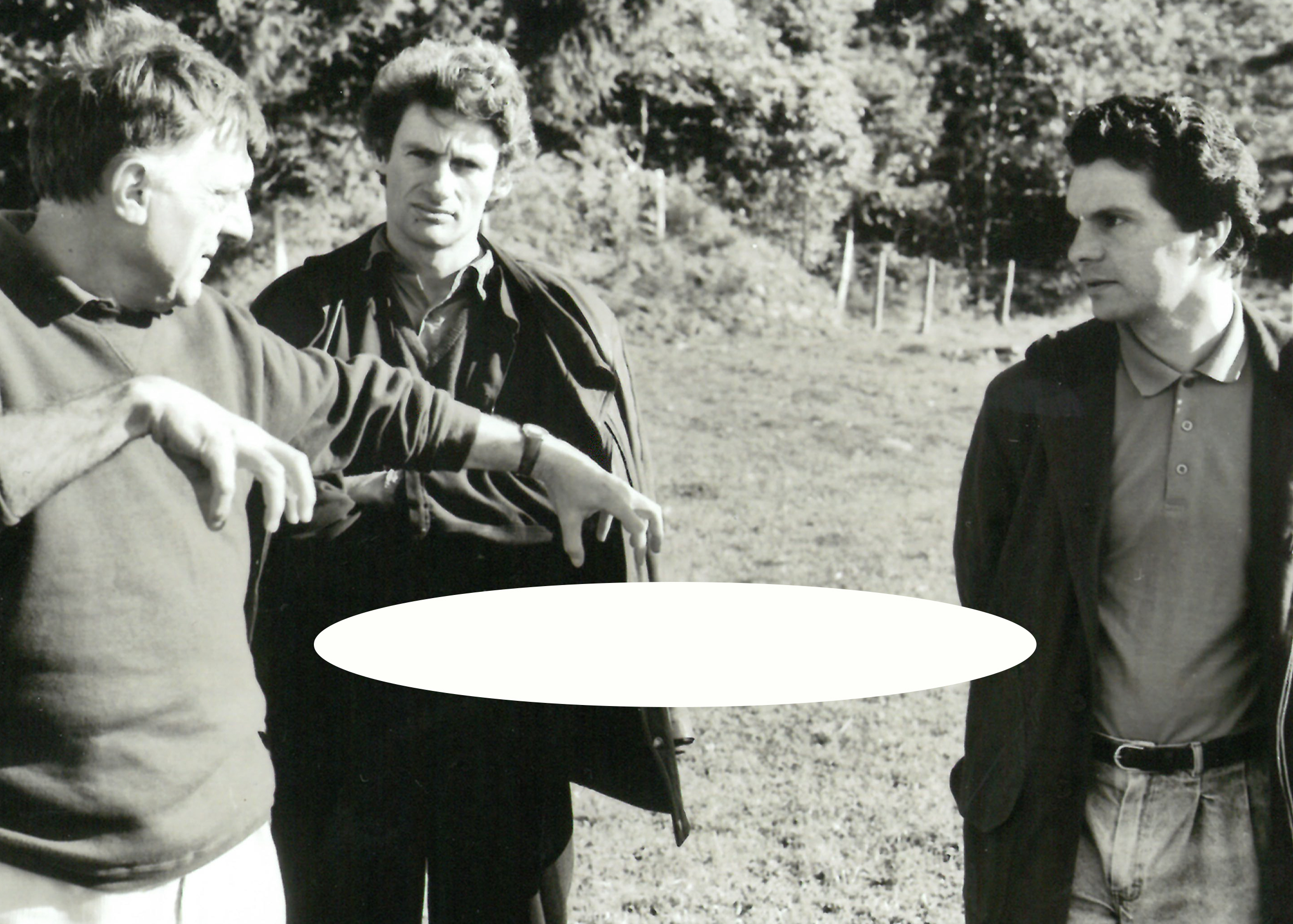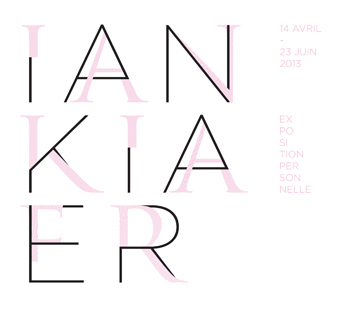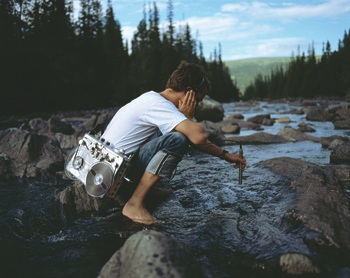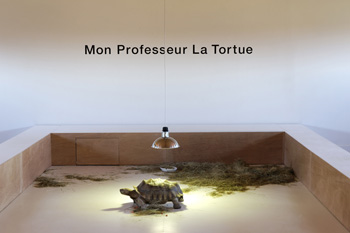Bethan Huws
Black and White Animals
13 March–19 June 2011
Opening:
12 March 2011
Curated by Chiara Parisi
Ile de Vassivière 87120
France
www.ciapiledevassiviere.com
Through artistic references and a witty use of language, Black and White Animals brings an unexpected poetry to the landscape—even for the regular visitor of Vassivière. The artist playfully re-reads the work of a 20th century emblematic artist, Marcel Duchamp. She re-uses objects out of their context, creating a reflection on language and its different levels of significance and understanding. Each artwork addresses and discusses the history of contemporary art.
On the opening day, March 12, Bethan Huws will bring Black and White Animals to life. An ephemeral tableau vivant will appear in the landscape giving the illusion of a black and white picture. Domestic and exotic animals will take part in an intriguing and striking performance where an unreal scene—both incongruous and unexpected—suddenly becomes real.
The first room of the exhibition, the lighthouse, is an invitation to explore the other places of the Centre d’art through a work entitled Etants Donnés, made of a raised arm holding a gas lamp whose flame illuminates the dark interior of Aldo Rossi’s circular tower. Like a guide uselessly showing a way without exit, the arm comes out of the lighthouse wall in a surreal manner.
In the nave of the Centre d’art stands Forest, a forest of bottle-racks evoking Duchamp’s readymade sculpture as well as the topography of the conifer woods on Vassivière Island. The numerous bottles-racks recreate a landscape that portrays Vassivière and tells the story of the island and the sculpture park on it. This allows the viewer to wander through the history of art and through a dark wood thanks to the light projected by the artworks. In parallel to this forest, the Rush boats are displayed in the studio: the piece consists of a multitude of little boats, which the artist has been making since 1983. Her childhood memories in the Welsh countryside are one of her main inspirations here. Each of these few thousand little boats is made of a single reed as the artist’s grandmother and other relatives taught her to make them. The boats’ story and their fragility give them a deeply moving aspect, which echoes the surroundings: the lake, the nature around it, and the hull-shaped building of the Centre d’art.
In the studying room, the artist displays an ideal studio made of various refined objects that could be personal or found. Many of them refer to Duchamp’s work; they stem from it, but they also are reflections on art itself and the role of the artist within society. Bethan Huws rejects a purely visual art; through these sculptures, she addresses the issue of the gap between art and everyday life.
The artist has filled the small theater with speech. Her Word vitrines are made of quotations, sentences, and apparently insignificant comments in which one recognizes the artist’s wit and humorous puns. Those black showcases with white plastic letters are usually used in administrative contexts but the words in Huws’s vitrines bring together different sources, from art history and from the viewer experience. In our everyday life, we do play with words and we repeat images and phrases taken from art history without even noticing it. At the base sets up a direct dialogue with the viewer. In Et Duchamp? c’est un trou normand, the artist plays with the homophony between “trou” (hole) in French and “true” in English, but she also recalls the Norman origins of Marcel Duchamp.
Bethan Huws smoothes the transition between her art, the exhibition spaces and their surroundings by placing her Perroquets (Parrots) in the forest. Three bronze coat-racks fade into the gigantic trees around them; their patina looks like bark. The artist plays around with words and with the context in which the artwork is shown; she brings the attention to the traditional name of this specific type of coat-racks that can still be found in many Parisian cafés: “arbre” (tree). She thus creates a semantic shift: even though the object seems displaced, its location is justified by its name, regardless of its use. Black and White Animals is a poetic and meticulous exhibition. Bethan Huws designed it for Vassivière as a place where the artist and the viewer can meet. In the artist’s words, “An artwork is made of one thing—a person.”
Bethan Huws has been presenting work in many different forms (film, sculpture, installation, watercolor…) in some of the most prestigious institutions and contemporary art venues around the world, including the Kunsthalle Bern in 1990, the Kunsthalle Düsseldorf in 2003, the Tate Modern in 2004, the Museum Serralves Porto in 2009. Her work was also recently on view at the Whitechapel Gallery in London.
Press contact
Heymann, Renoult Associées
29 rue Jean-Jacques Rousseau 75001 Paris
Sarah Heymann and Marika Bekier
tel.: +33 (0)1 44 61 76 76
m.bekier@heymann-renoult.com
www.heymann-renoult.com
Centre international d’art et du paysage
Frédéric Legros
tel.: +33 (0)5 55 69 27 27
fax: +33 (0)5 55 69 29 31
communication@ciapiledevassiviere.com
Centre international d’art et du paysage
Open from tuesday to friday 2pm–6pm, weekend 11am–1pm and 2pm–6pm
The Centre international d’art et du paysage is sponsored by the Ministry of Culture and Communications/Drac Limousin and the Regional Board of Limousin.
The exhibition Black and White Animals receives the support of Mademoiselle bio, Pro Natura and the Syndicat mixte “Le Lac de Vassivière” and and the Ferme Haute-Besse. In the frame of ARTools, Black and White Animals was financed with the support of the European commission.
*Image above:
Courtesy of the artist and A.D.A.G.P.
